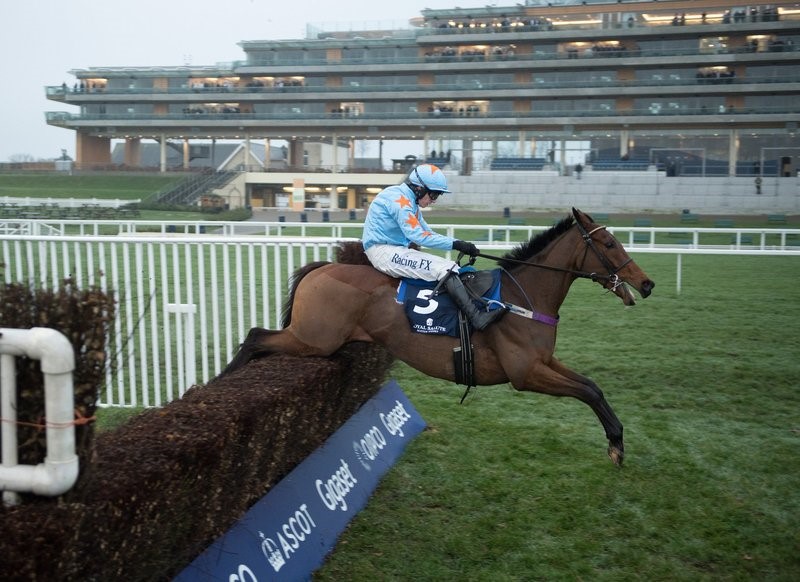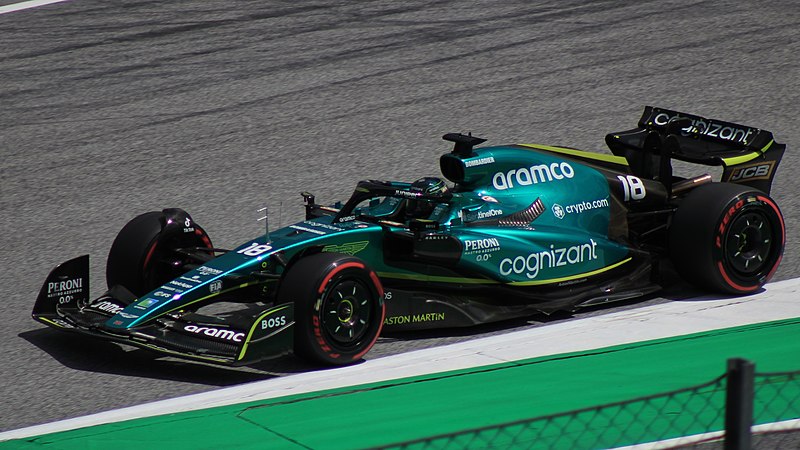There’s that old saying that practice makes perfect, while the author Malcolm Gladwell famously asserted that 10,000 hours of training in a particular skill can make you an expert.
Both of those platitudes can be disputed, of course, and when it comes to horse racing often discretion is the better part of valour.
With thoroughbreds, there is the opinion that they can be ‘overworked’ – the antithesis of the opening hypothesis of this article – and that periods of rest ahead of a big race are essential.
Either way, with the Cheltenham Festival just around the corner, many punters will be pondering whether a tune-up race is important for success at the Prestbury Park meeting – particularly with the National Hunt schedule temporarily waylaid by the equine flu outbreak in early February.
So, is a warm-up race prior to a tilt at Cheltenham Festival glory essential, or simply a misnomer? Here’s the case for and against.
The case for
The dry winter experienced in the UK means that horses that have run in January and February won’t have been too harshly worked on track.
Sure, races have tended to be run at a fair old pace on the quicker ground, but that isn’t as energy-sapping as battling it out on a mudbath over two miles or more.
Even so, there were signs that during the ‘weather bomb’ that brought snow and rain to the UK in great abundance last February that a tune-up outing – even on the softer ground this caused – was helpful.
Many punters’ accumulators and system bets were torn up when Apple’s Jade, an odds-on favourite for the Mares’ Hurdle, was beaten into third place. She hadn’t run for nearly three months prior to turning up at Prestbury Park, whereas her chief tormentor, Benie Des Dieux, had won on heavy ground at Naas just a month prior.

Source: Racing Post via Twitter
And then there was Native River, who caused something of a shock in the Gold Cup by downing Might Bite to land the meeting’s flagship race. The former had won at Newbury just a month prior, while the latter had been rested since Boxing Day with Cheltenham being the focus for months in advance. It was a strategy that did not pay dividends for the Nicky Henderson yard.
The case against
Perhaps the case against a tune-up is most obvious in the longer distance races, which naturally take a lot out of the participants.
The Last Samuri was a warm favourite for the Glenfarclas Cross Country Chase at last year’s Festival, despite running in a torturous three-miles one-furlong affair on a quagmire just six weeks earlier. Unsurprisingly, the eleven-year-old was convincingly outpaced on the day by Tiger Roll, who strolled to a 13-length victory over the favourite. Gordon Elliott’s horse, meanwhile, had been resting since December.
And how about the three-mile Stayers’ Hurdle, where Penhill – fresh from a year off the course – outlasted Supasundae, who was half his price despite just a six-week turnaround since his last outing.
It’s not just the three-milers who seem to benefit from a chance to put their hooves up. Summerville Boy was given two months to recover between his warm-up race at Sandown and his victory in the Supreme Novices’ Hurdle. The horse he beat into second, Kalashnikov, in contrast, had just a month off competitive action.

Source: Racing Post via Twitter
Un De Sceaux is another example from last year’s Festival. The odds-on favourite for the Ryanair Chase was beaten by the 8/1 shot Balko Des Flos. The former, racing just six weeks before Cheltenham while the latter had enjoyed a mid-season break since December.
In Summary
To conclude, clearly there is no consensus as to whether a warm-up race is crucial or wholly unimportant for Festival glory.
That in itself is an important realisation and when the pundits/tipsters are talking up or playing down the need for a tune-up, you will be able to disregard their advice and find your own Cheltenham winners.




